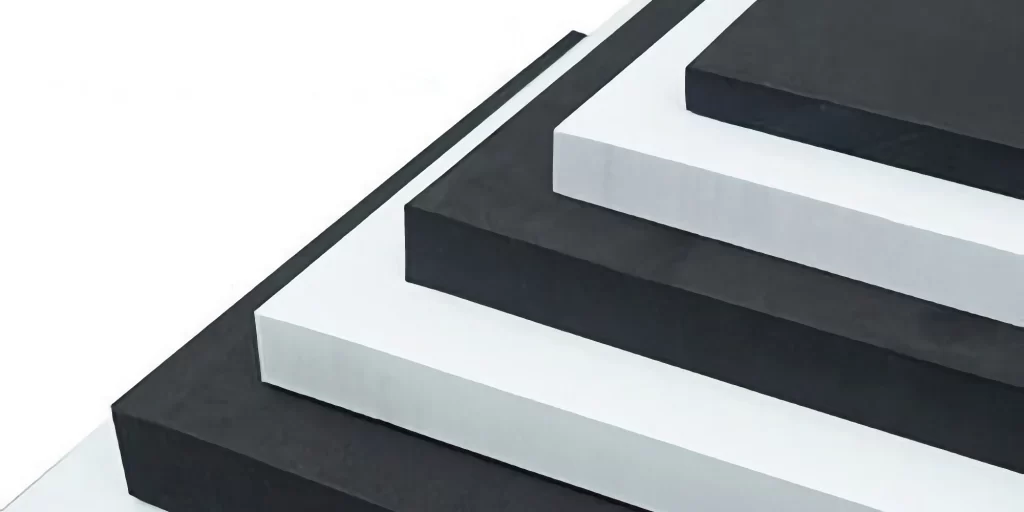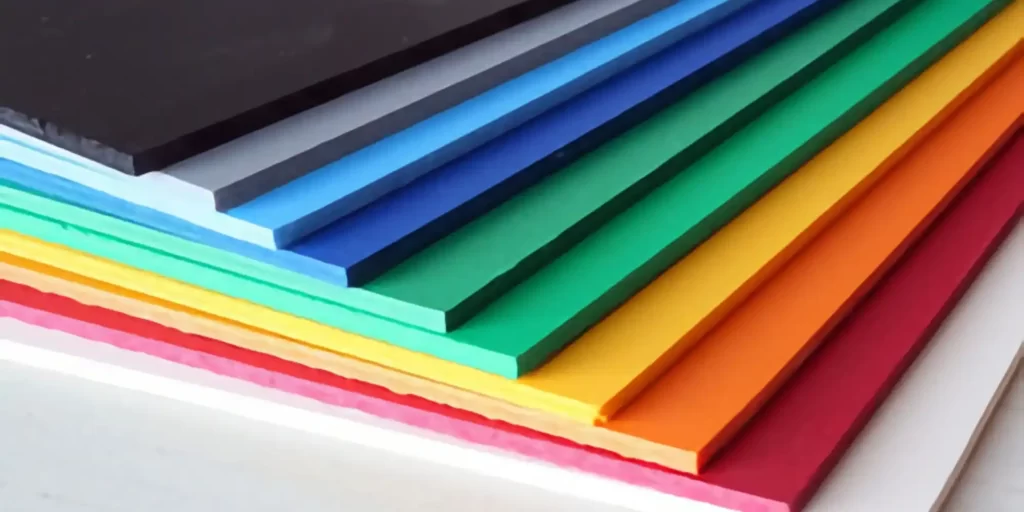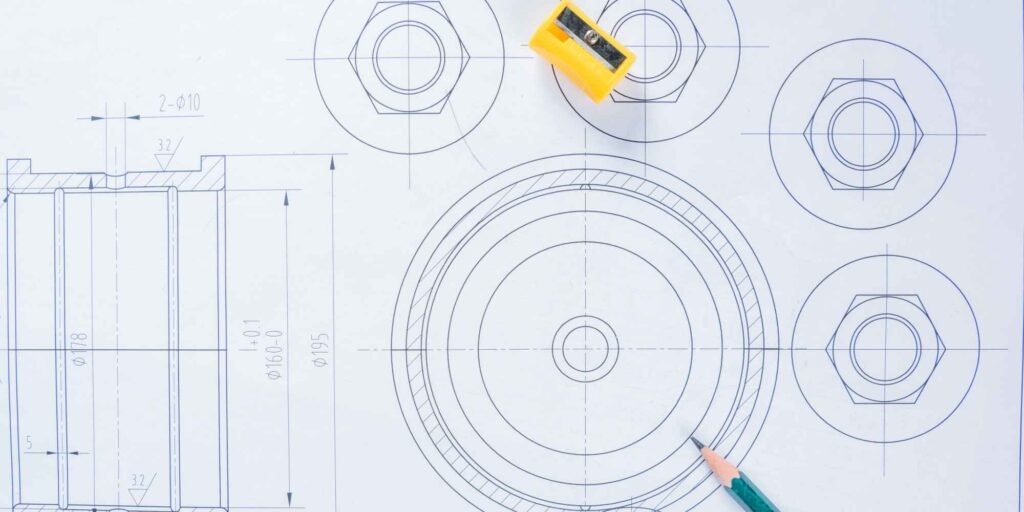Welcome to this comprehensive guide that delves into the technical details of EVA foam. Whether you’re a manufacturer, engineer, or simply someone curious about materials, this article is designed to provide you with a deep understanding of EVA foam’s properties, manufacturing processes, and applications. We’ll explore everything from its chemical composition to its real-world uses, so let’s dive in!
What is EVA Foam?
Ethylene-Vinyl Acetate, commonly known as EVA foam, is a closed-cell foam material that has gained widespread use across various industries. It’s a copolymer made by combining ethylene and vinyl acetate, resulting in a material that is both resilient and flexible. EVA foam is often used as a substitute for natural rubber, vinyl, and other foam materials, offering a unique combination of properties that make it incredibly versatile.
Chemical Composition
EVA foam consists primarily of ethylene and vinyl acetate, mixed in varying ratios to produce foams with different characteristics. The ratio of these components determines the foam’s properties such as flexibility, density, and resilience. In addition to these base materials, EVA foam often includes additives like colorants, UV stabilizers, and other agents to enhance its performance and appearance.
Physical Properties
When it comes to physical properties, EVA foam is quite versatile. Its density can range from as low as 33 kg/m³ to as high as 280 kg/m³. Additionally, its hardness levels can vary from 15 to 80 degrees on the Shore C scale. This wide range of properties allows EVA foam to be extremely adaptable, making it suitable for a plethora of applications, from lightweight packaging to heavy-duty industrial components.
Manufacturing Process
The manufacturing process of EVA foam is a multi-step procedure that begins with the mixing of raw materials in a Banbury Mixer. This is followed by extrusion, where the material is processed into sheets or rolls. Finally, the foaming process is carried out using an EVA Mold Foaming Vulcanizing Machine, which gives the material its characteristic closed-cell structure. These processes can be customized to produce EVA foam with specific properties, making it ideal for specialized applications.
Advantages and Characteristics
EVA foam offers a host of advantages that make it a go-to material for various applications. It provides excellent cushioning and resilience, making it ideal for impact absorption. Its insulating properties make it suitable for thermal applications, while its resistance to water and chemicals adds to its versatility. Furthermore, its buoyancy and durability make it a popular choice for water sports equipment and other outdoor applications.
FAQ
Q: What is EVA foam used for?
A: EVA foam is used in a wide range of applications, including footwear, sports equipment, automotive interiors, toys, and more.
Q: What is the density of EVA foam?
A: The density of EVA foam can range from as low as 33 kg/m³ to as high as 280 kg/m³.
Q: What is the manufacturing process of EVA foam?
A: The manufacturing process of EVA foam is a multi-step procedure that begins with the mixing of raw materials in a Banbury Mixer. This is followed by extrusion, where the material is processed into sheets or rolls. Finally, the foaming process is carried out using an EVA Mold Foaming Vulcanizing Machine, which gives the material its characteristic closed-cell structure.
Q: What are the advantages of EVA foam?
A: EVA foam offers a host of advantages that make it a go-to material for various applications. It provides excellent cushioning and resilience, making it ideal for impact absorption. Its insulating properties make it suitable for thermal applications, while its resistance to water and chemicals adds to its versatility. Furthermore, its buoyancy and durability make it a popular choice for water sports equipment and other outdoor applications.
Q: What is the hardness level of EVA foam?
A: The hardness levels of EVA foam can vary from 15 to 80 degrees on the Shore C scale.






